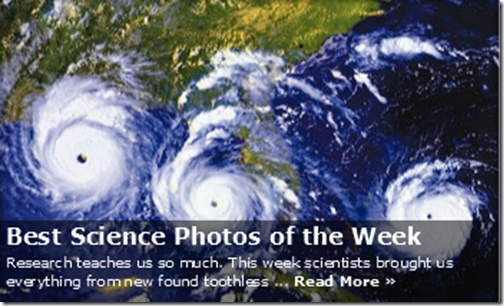
1. Sunset Inside a Storm
All eyes are on Tropical Storm Isaac as it barrels across the Caribbean toward Florida, where it could make for a soggy Republican National Convention next week. Yet amid all the speculation, a handful of Americans have already gotten up close and personal with the much-discussed storm.
Crews with the National Oceanic and Atmospheric Administration (NOAA) have been flying inside Tropical Storm Isaac, gathering data aboard specially outfitted aircraft.
2. Exploding Stars
Mysterious stars that incite their stellar companions to explode in spectacular supernovas have just been revealed - these culprits can be bloated red giants, researchers say.
Supernovas are exploding stars that are bright enough to briefly outshine all the stars in their galaxies. They can occur when one star sheds gas onto a dying star known as a white dwarf, the dim fading core of a star that was once about the size of our sun.
3. Cloud Brightening
Researchers have revived a push to test cloud brightening, a type of geoengineering designed to combat global warming by pumping salt water into the sky.
In proposed cloud-brightening schemes, ships would shoot tiny salt particles into the air over the ocean, creating large, long-lasting clouds that reflect sunlight back into space, which would have a cooling effect on Earth.
4. No-Gnaw Rat
A newly discovered rat in Indonesia doesn't have any molars, making it the only known rodent in the world without back teeth.
The long-snouted fuzzball has been dubbed Paucidentomys vermidax. "Paucidentomys" translates roughly to "few-toothed mouse," while "vermidax" means "worm devourer" - a reference to the new species' diet.
5. Warming Antarctic
The Antarctic Peninsula, which juts out about 1,000 miles (1,610 kilometres) from the western flank of the frozen continent, is one of the fastest warming places on Earth.
In the past 50 years, the air temperature has increased by about 3.6 degrees Fahrenheit (2 degrees Celsius). While this rate of warming is highly unusual, it is not unprecedented, indicates a new study.
6. Ingredients of a Black Hole
Scientists investigated our galaxy's central molecular zone, which contains the most massive, densest, and most turbulent molecular clouds in the Milky Way. These surround the heart of our galaxy, which is suspected to be home to a supermassive black hole about 4 million times the mass of the sun.
The central molecular zones of galaxies crowd lots of gas close together, making them good places for stars to form. To learn more about these lively regions, scientists used radio telescopes to compile detailed maps of the temperature and density of clouds at the Milky Way's heart.
7. Cat Truths
Cats always seem to get a bad rap. Perhaps one of the most commonly held beliefs about cats - right behind the one that says that black cats are bad luck - is that cats will suck the breath from infants, ultimately killing them. There are two prevailing ideas to explain why your cat would want to suffocate your new bundle of joy: Cats love milk and are drawn to the smell of a baby’s milky breath, and cats supposedly get extremely jealous when babies usurp your attention away from them.
8. Dawn Breaks in Antarctica
Very early on a recent Sunday morning, doctor and medical researcher Alexander Kumar opened a hatch, climbed out on a deserted rooftop, and drank in the first sunlight he'd seen in months. A honey-coloured sky lit the vast plateau of the East Antarctic Ice Sheet with a tangerine glow.
It was Aug. 12, and Kumar was perched atop the Concordia Research Station, a joint French-Italian outpost in the middle of East Antarctica, watching the first sunrise to light his desolate corner of the continent in more than three months.
9. Curiosity's Landing Spot
Gale Crater is 154 km wide and is located at latitude 5.4 degrees south and longitude 137.9 degrees east. This image, taken by the High Resolution Stereo Camera (HRSC) of Mars Express, has a resolution of 100 metres per pixel. It is colour-coded based on a digital terrain model derived from stereo image data.
10. Historic Hurricane
Credit: NASA Earth Observatory image, using GOES-7 data from the GOES project. Image originally prepared
by Fritz Hasler, Marit Jentoft-Nilsen, Hal Pierce, Kannappan Palaniappan, and Michael Manyin.
Twenty years ago today (Aug. 24, 2012), Hurricane Andrew slammed into the Florida coast as a Category 5 storm, destroying even the weather instruments meant to measure its strength. This image shows Andrew's progression from Aug. 23, 1992 (right) to Aug. 24 (middle) to Aug. 25 (left).
Andrew's winds were clocked at 177 miles per hour (285 km) at least - instruments failed before recording maximum winds. The storm caused $26.5 billion in damage, second only to Hurricane Katrina in inflation-adjusted cost.
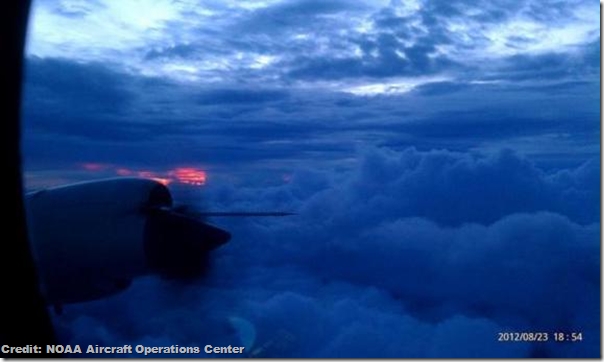
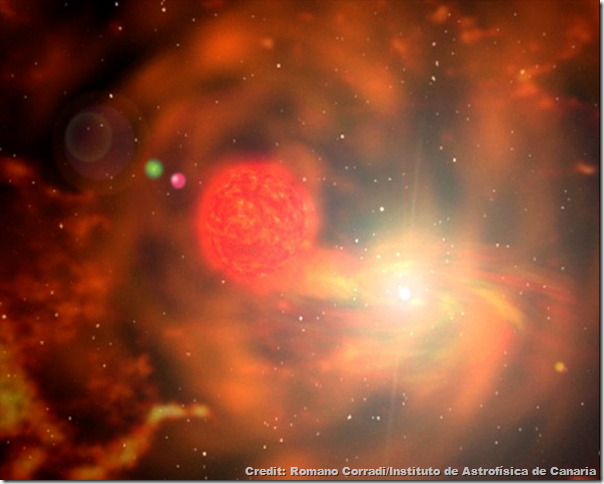

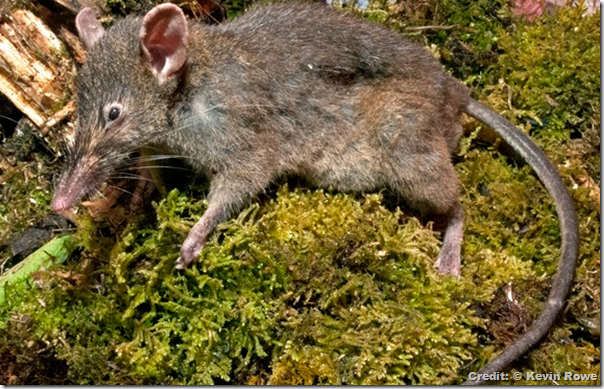
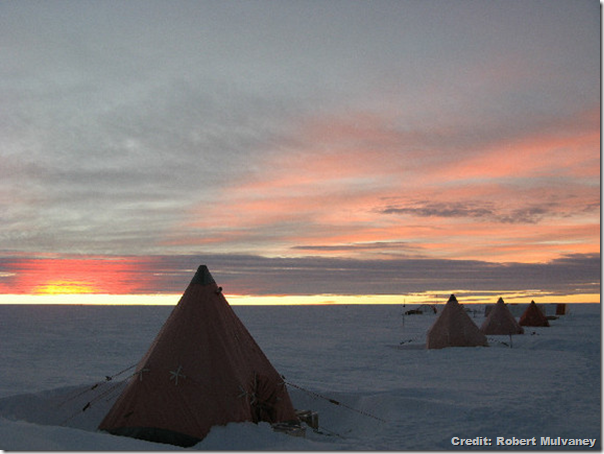
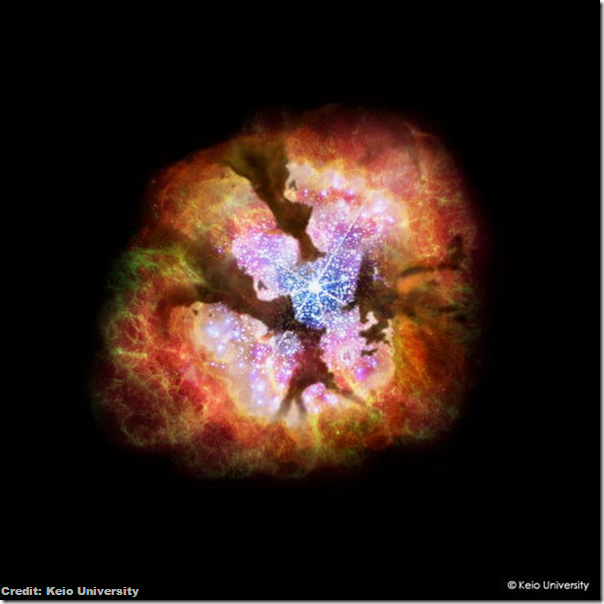
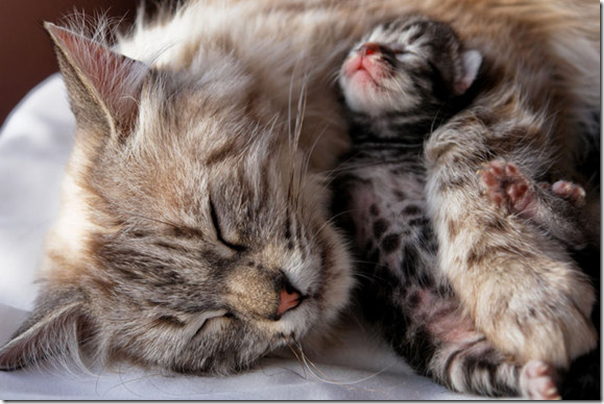
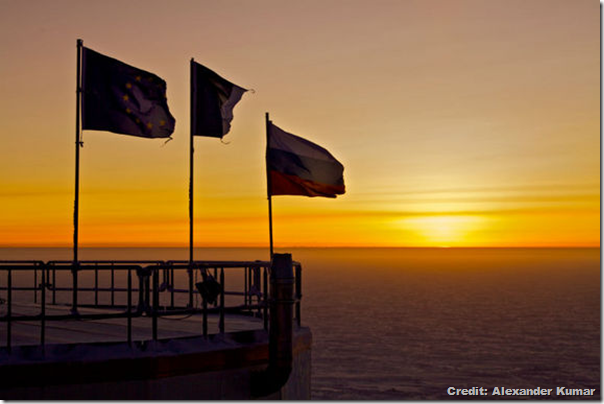

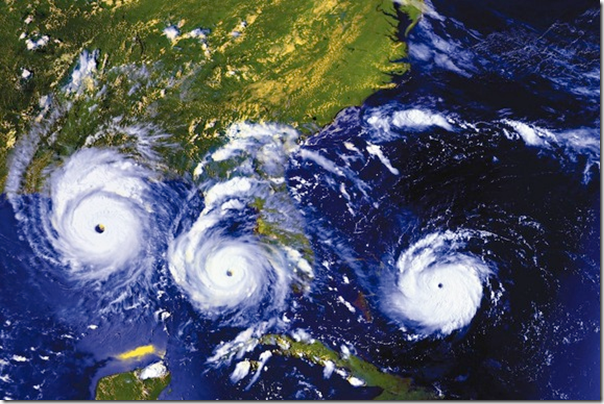
No comments:
Post a Comment
Please adhere to proper blog etiquette when posting your comments. This blog owner will exercise his absolution discretion in allowing or rejecting any comments that are deemed seditious, defamatory, libelous, racist, vulgar, insulting, and other remarks that exhibit similar characteristics. If you insist on using anonymous comments, please write your name or other IDs at the end of your message.